A deviated nasal septum occurs when the thin wall (septum) between the nasal passages is displaced. This condition can lead to breathing difficulties and other uncomfortable symptoms.

What is the Treatment for a Deviated Nasal Septum?
During a procedure to correct a deviated nasal septum, medically termed “septoplasty,” after anesthesia is administered to ensure comfort, the nasal passages are accessed, either through internal incisions or endoscopically, depending on the complexity of the deviation. Using specialized instruments, the surgeon carefully straightens the crooked septum, removing any excess tissue or bone contributing to breathing difficulties and other symptoms.
Once the septum is aligned correctly, the incisions are closed, and nasal packing or splints may be used to support the newly positioned septum as it heals. The entire procedure is performed with precision and attention to detail to restore normal airflow and alleviate symptoms associated with the deviated septum.

Southern ENT Associates and Deviated Septum Treatments
When considering septoplasty for a deviated nasal septum, choosing Southern ENT Associates ensures you receive comprehensive care from skilled specialists dedicated to your well-being. Our team boasts years of experience in nasal surgery, providing personalized treatment plans tailored to your unique needs. With a patient-first approach and state-of-the-art facilities, we prioritize your comfort and satisfaction throughout your journey to better nasal health.


